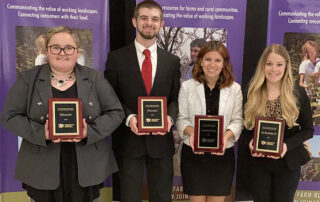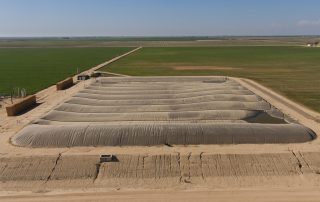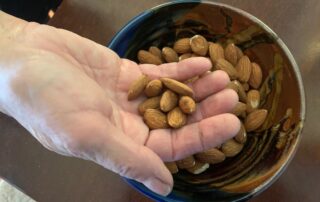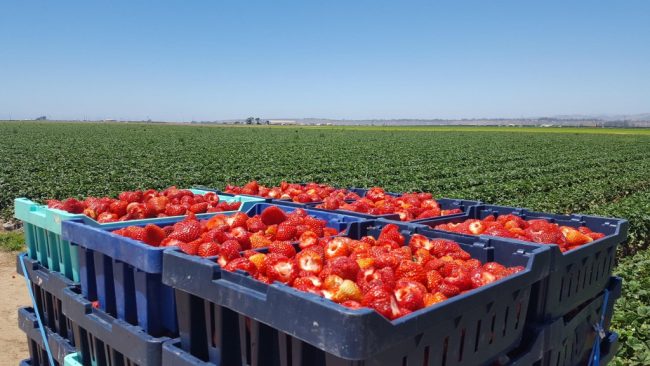Swall Leads Discussion Team to Fourth Consecutive State Team Title
By Fresno State Jordan College of Agricultural Sciences and Technology
Fresno State agricultural education and communication students continued their team success at the state discussion contest with a win in the team category at an event hosted Saturday, Nov. 13 in Bakersfield by the California Farm Bureau and Young Farmers & Ranchers (YF&R) organization.
In the individual competition, junior Lindsey Swall (Tulare) took runner-up honors in the competition that was won by Braden Crosson, a Modesto Junior College student.
Two other Fresno State students, agricultural education seniors Brendan Black (Fresno) and Corie Falaschi (Dos Palos), advanced to the four-person final. Freshman agricultural education student Alexandra Saenz (Gorman) also competed at the event.
Swall received $750 as an award, while Black and Falaschi received $500 awards. Fresno State received $250 as the team winner, and Crosson received $1,250 as the individual winner.
Finalists competed in multiple rounds and were scored on their ability to encourage active and positive group discussion, suggest solutions, and reach a consensus.
Five potential discussion topics that were provided in advance asked contestants for ways to increase YF&R membership and participation; how to improve the economic viability of animal processing facilities while ensuring worker health and healthy products; practices to promote better mental health for farmers and their families; methods to increase the amount of preventative farm safety practices; and how the Farm Bureau can help farmers and ranchers integrate more ‘green energy’ practices.
Under the guidance of animal sciences and agricultural education department chair Dr. Steven Rocca, Fresno State discussion teams have won nine state team titles, and others came in 2020, 2019, 2018, 2016, 2014, 2013, 2008 and 2006.


















